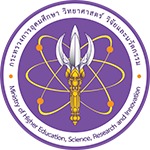How AI is reshaping the way I teach, design curriculum, and empower students
My journey with AI began during the sudden global shift we now refer to as the “Chat-GPT boom”. But long before that, I was already a firm believer in the potential of technology to enhance education. My goal has always been to merge the latest advancements with traditional pedagogical practices—to strike the right balance that makes learning relevant, engaging, and meaningful. Today, I actively use, research, and advocate for AI, integrating it into my work while promoting awareness through hands-on examples and community engagement. In this article, I’ll share how I apply AI in both my Music and ICT curriculum, as well as how it fits into my overall workflow.
AI in ICT: From syntax to systems thinking
In Grade 8 ICT, we go beyond syntax. We use Blackbox AI (a VS Code extension) to support students while coding in HTML, CSS, and JavaScript. Rather than seeing AI as a shortcut, I frame it as a coding companion—students still need to understand structure, logic, and flow, but they now have a digital assistant to help troubleshoot, generate code, and reflect on best practices.
In the second semester, we dedicate an entire unit to AI exploration, designed to introduce this emerging technology and to deepen students’ understanding of how it works. We cover key concepts like algorithmic bias, AI hallucinations, neural networks, and the training of large language models. I tend to bring the technical side of AI closer to students in an accessible and age-appropriate way through research and project-based learning.
A major focus is helping students recognise both the risks and the potential of AI. One of today’s biggest concerns globally is the offloading of cognitive thinking to machines. In my classroom, we actively work against this trend. Students maintain AI usage logs where they must explain how they used AI, why, and what they learned from it. This solution encourages metacognition and ethical reflection—important habits for responsible use.
The unit culminates in a final creative project: students design AI time capsules that capture the state of AI in current year (2025). They present their own experiences with AI, their hopes, and their concerns for the future. It’s a reflective, interdisciplinary project that helps them synthesise everything they’ve learned about the tools and present their findings in a creative way.
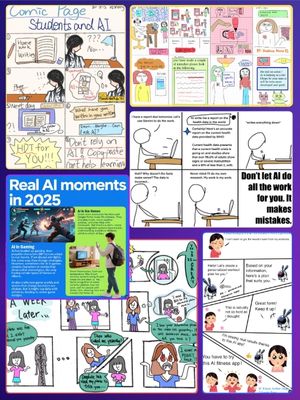
Grade 8 ICT – Examples of Students’ Work
AI in music: Supporting assessment, not replacing creativity
In the music classroom, I’ve made a conscious decision to keep creativity in the hands of students. Using GarageBand on iPads and Logic Pro on iMacs, they compose, arrange, and explore sound using their own ideas rather than relying on AI-generated music. While I haven’t integrated AI composition tools directly into lessons, I’ve found AI incredibly useful behind the scenes—especially for assessment and review of theoretical knowledge.
Tools like Brisk Teaching and Quizizz AI allow us to generate tailored quizzes and lesson reviews in minutes, helping reinforce musical concepts without extra workload. It’s a great example of how AI can support teachers without interfering with student expression. I highly recommend every educator should explore these tools to streamline their workflow and boost learning impact.
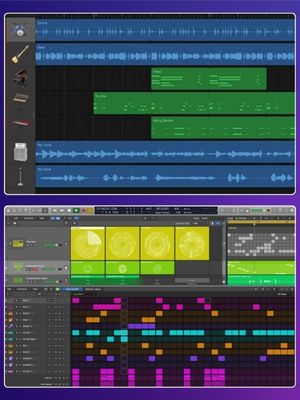
Music Composing Apps: GarageBand and Logic Pro Interface
AI in my professional workflow
AI has definitely transformed how I work as an educator and Head of Digital Integration. Here are some of the most common use-cases from my daily workflow:
- Brainstormideas for curriculum design for Music and ICT internal use and also for cross-curriculum projects where AI excels in making new connections, we might be unable to realise;
- Summarise and organise meeting minutes in order to quickly generate a well formatted notes with main takeaways and follow-up tasks;
- Write clear and effective content:
- emails
- professional development requests
- purchase requests
- events overview and planning (i.e., Annual Music Festival)
This workflow saves time, yes—but more importantly, it enhances collaboration and multiplies the range of ideas we can bring into our school community.
Conclusion:
Whether it’s coding with support, discovering new cross-curricular connections, or running large events more smoothly, AI has become a reliable assistant in my practice. It doesn’t replace pedagogy—it enhances it when implemented with care and curiosity. As we look ahead, the real opportunity lies in maintaining a healthy balance between tradition and innovation, allowing students to learn deeply, think critically, and create with confidence in a world that’s increasingly shaped by artificial intelligence.
.png?ext=.png)

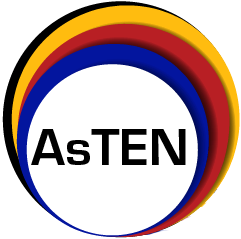


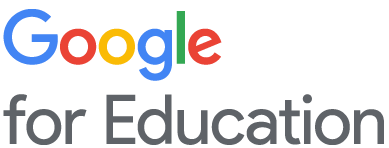


.png?ext=.png)



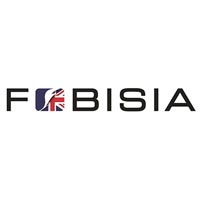
.png?ext=.png)
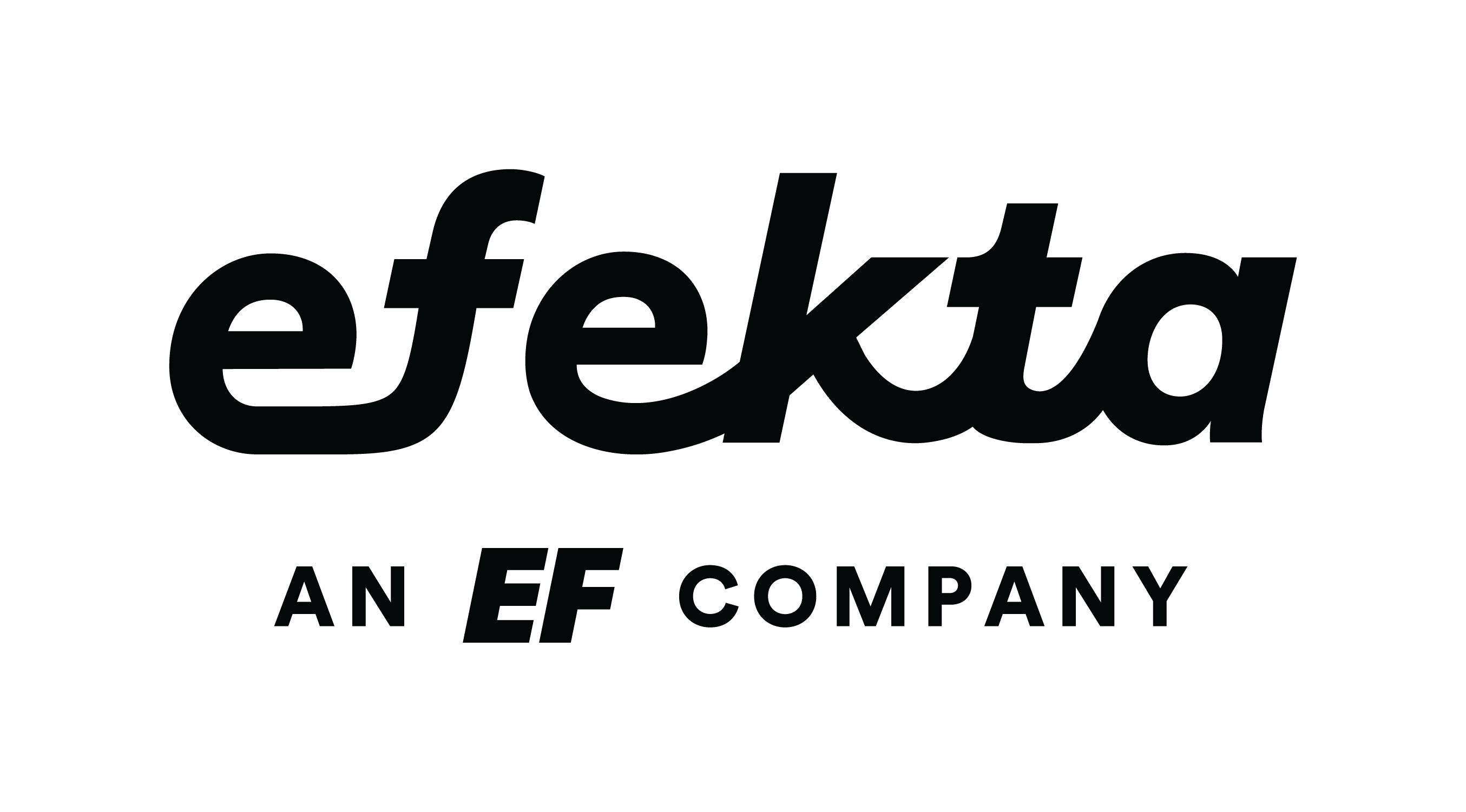
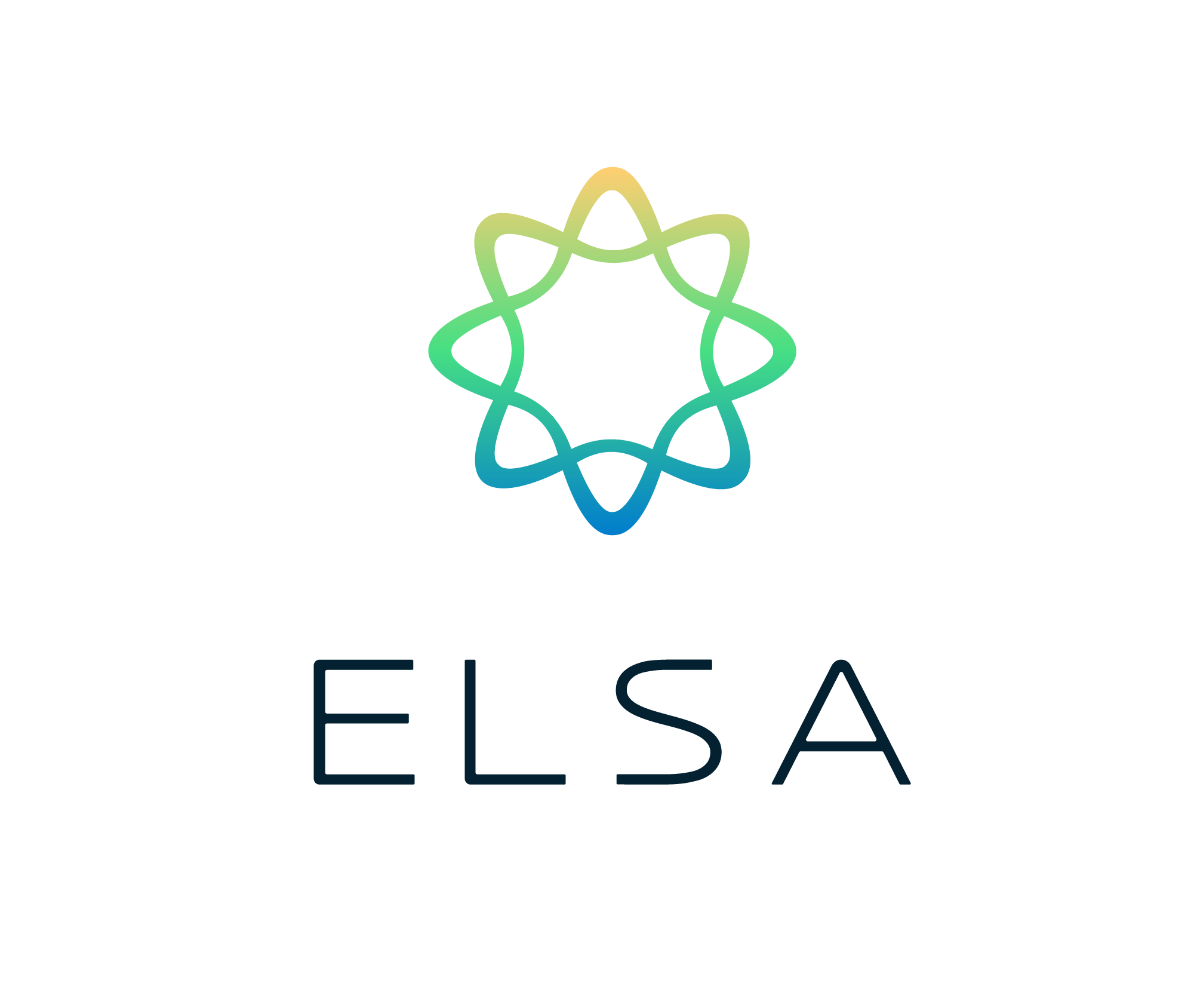
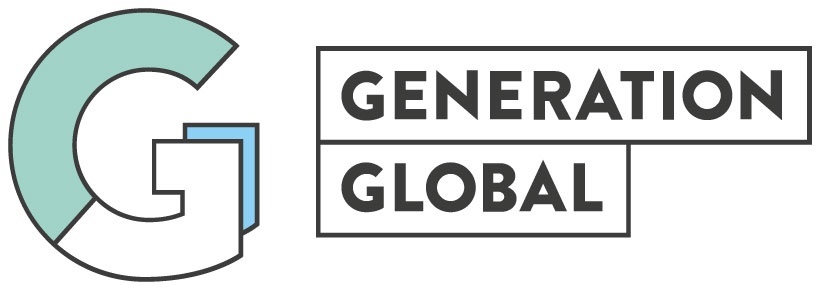
.png?ext=.png)







.png?ext=.png)
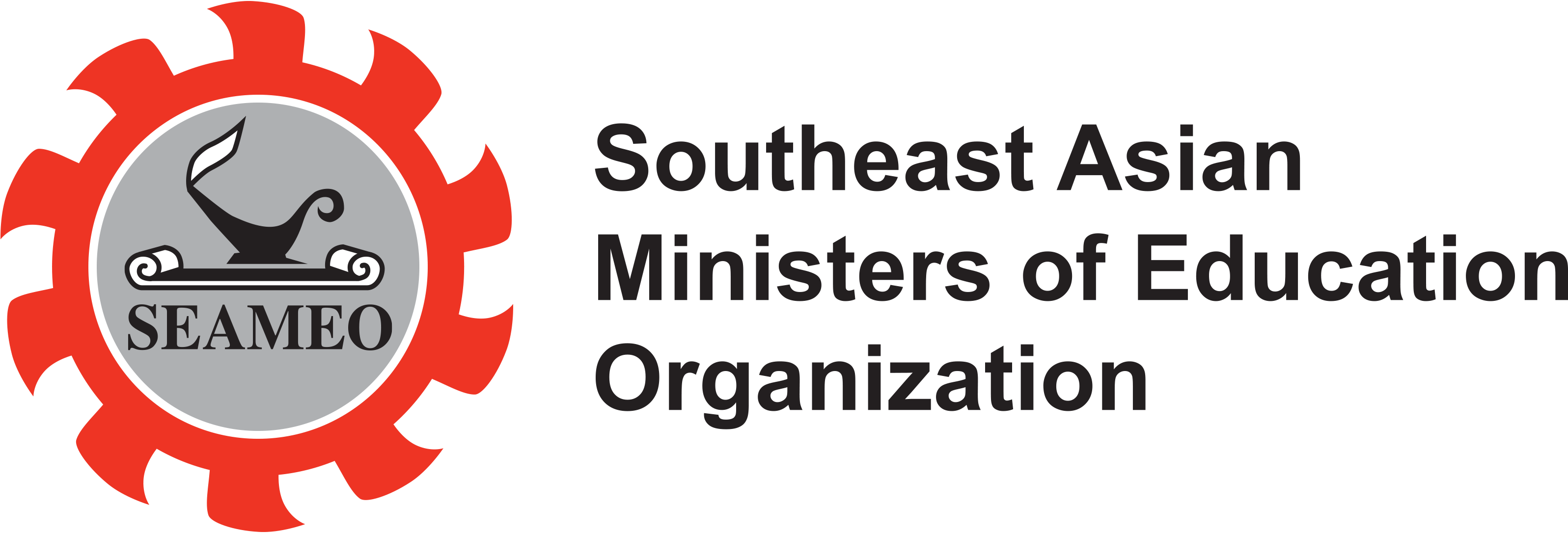
.png?ext=.png)

.png?ext=.png)

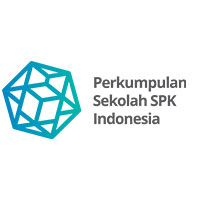

-4000px-(2).png?ext=.png)
